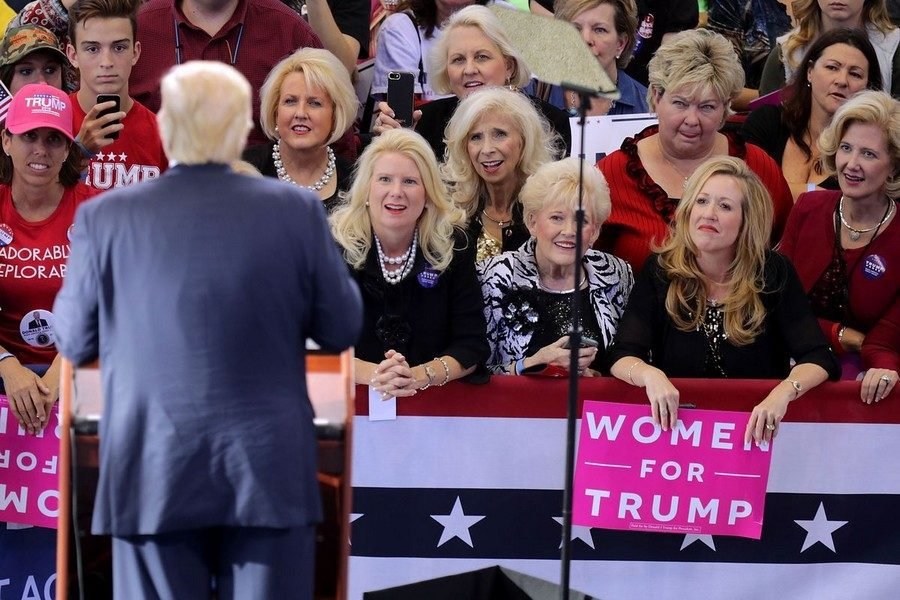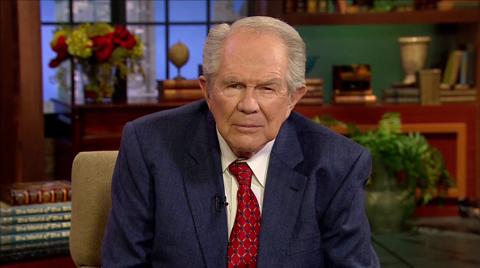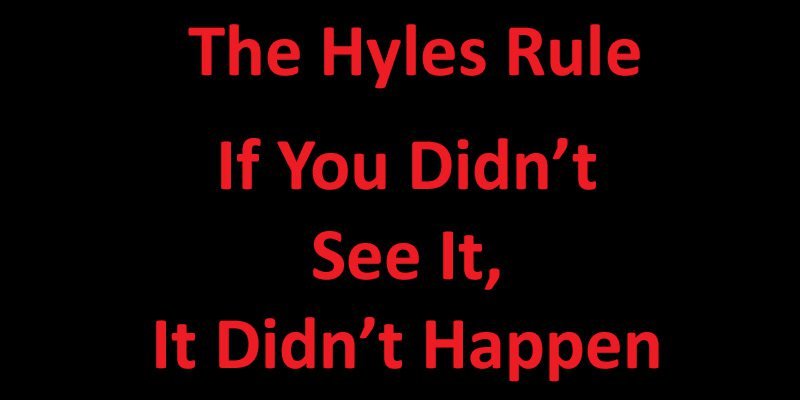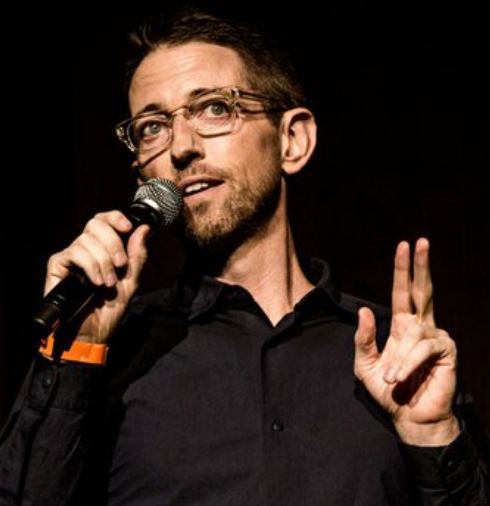
What follows was started by a woman named Lori Gallagher Witt. The brilliance is hers; the rest has been edited to best express similar, though not identical, opinions of those passing the main ideas on. I didn’t write this from scratch, but edited and added to a similar post to reflect my personal beliefs. I found this particular post on my editor’s Facebook page and have edited it to reflect my personal beliefs.
I’m a liberal. I wasn’t always a liberal. There was a day when I was a conservative. For many years I was a Fundamentalist Christian, a supporter and foot soldier in the Evangelical culture war. Today, I am a liberal, though I suspect many readers don’t know or understand what the word means.
Some of you suspected. Some of you were shocked. Many of you have known me for years, even the majority of my life. We either steadfastly avoided political topics, or I carefully steered conversations away from the more incendiary subjects in the name of keeping the peace. “I’m a liberal” isn’t really something you broadcast in social circles where “the liberals” can’t be said without wrinkling one’s nose. I live in a community where seven out of ten voters are Republican and even the Democrats tend to be religious conservatives.
While most of the readers of this blog skew towards the left, a fair number of you are Republican and voted for Donald Trump (or Jill Stein). You love my critique of Evangelicalism and you love my atheism, but you despise by liberal politics. I hope what follows will give you a better understanding of my political beliefs.
Then the 2016 election happened, and staying quiet wasn’t an option anymore. Since then, I’ve received no shortage of emails and comments from people who were shocked, horrified, disappointed, disgusted, or otherwise displeased to realize I am a liberal. Yep. I’m one of those bleeding-heart commies who hates anyone who’s white, straight, or conservative, and who wants the government to dictate everything you do while taking your money and giving it to people who don’t work.
Or am I?
Let’s break it down, shall we? Because quite frankly, I’m getting a little tired of being told what I believe and what I stand for. Spoiler alert: Not every liberal is the same, though the majority of liberals I know think along roughly these same lines.
- I believe a country should take care of its weakest members. A country cannot call itself civilized when its children, disabled, sick, and elderly are neglected.
- I believe healthcare is a right, not a privilege. Somehow that’s interpreted as “I believe Obamacare is the end-all, be-all.” This is not the case. I’m fully aware that the ACA has problems, that a national healthcare system would require everyone to chip in, and that it’s impossible to create one that is devoid of flaws, but I have yet to hear an argument against it that makes “let people die because they can’t afford healthcare” a better alternative. I believe healthcare should be far cheaper than it is, and that everyone should have access to it. And no, I’m not opposed to paying higher taxes in the name of making that happen.
- I believe education should be affordable and accessible to everyone. It doesn’t necessarily have to be free (though it works in other countries so I’m mystified as to why it can’t work in the U.S.), but at the end of the day, there is no excuse for students graduating college saddled with five- or six-figure debt.
- I don’t believe your money should be taken from you and given to people who don’t want to work. I have literally never encountered anyone who believes this. Ever. I just have a massive moral problem with a society where a handful of people can possess the majority of the wealth while there are people literally starving to death, freezing to death, or dying because they can’t afford to go to the doctor. Fair wages, lower housing costs, universal healthcare, affordable education, and the wealthy actually paying their share would go a long way toward alleviating this. Somehow believing that makes me a communist.
- I don’t throw around “I’m willing to pay higher taxes” lightly. I’m self-employed, so I already pay a shitload of taxes. If I’m suggesting something that involves paying more, that means increasing my already eye-watering tax bill. I’m fine with paying my share as long as it’s actually going to something besides lining corporate pockets or bombing other countries while Americans die without healthcare.
- I believe companies should be required to pay their employees a decent, livable wage. Somehow this is always interpreted as me wanting burger flippers to be able to afford a penthouse apartment and a Mercedes. What it actually means is that people should not have to work two full-time jobs and a part-time weekend job just to keep their heads above water. Restaurant servers should not have to rely on tips, multi-billion-dollar companies should not have employees on food stamps, workers shouldn’t have to work themselves into the ground just to barely make ends meet, and minimum wage should be enough for someone to work forty hours and live.
- I am not anti-Christian. I have no desire to stop Christians from being Christians, to close churches, to ban the Bible, to forbid prayer in school, etc. (BTW, prayer in school is NOTillegal; *compulsory* prayer in school is — and should be — illegal) All I ask is that Christians recognize *my* right to live according to *my* beliefs. When I get pissed off that a politician is trying to legislate Scripture into law, I’m not “offended by Christianity” — I’m offended that you’re trying to force me to live by your religion’s rules. You know how you get really upset at the thought of Muslims imposing Sharia on you? That’s how I feel about Christians trying to impose Sharia-like biblical law on me. Be a Christian. Do your thing. Just don’t force it on me or mine.
- I don’t believe LGBTQ people should have more rights than you. I just believe they should have the *same* rights as you and I — justice and equal protection under the law.
- I don’t believe illegal immigrants should come to America and have the world at their feet, especially since THIS ISN’T WHAT THEY DO(spoiler: undocumented immigrants are ineligible for all those programs they’re supposed to be abusing, and if they’re “stealing” your job it’s because your employer is hiring illegally). I’m not opposed to deporting people who are here illegally, but I believe there are far more humane ways to handle undocumented immigration than our current practices (i.e., detaining children, splitting up families, ending DACA, etc.).
- I believe we should take in refugees, or at the very least not turn them away without due consideration. Turning thousands of people away because a terrorist might slip through is inhumane, especially when we consider what has happened historically to refugees who were turned away. If we’re so opposed to taking in refugees, maybe we should consider not causing them to become refugees in the first place. Because we’re fooling ourselves if we think that somewhere in the chain of events leading to these people becoming refugees, there isn’t a line describing something the U.S. did (like dropping bombs on civilians and fomenting civil war).
- I don’t believe the government should regulate everything, but since capitalistic greed is such a driving force in our country, we NEED regulations to prevent cut corners, environmental destruction, tainted food/water, unsafe materials in consumable goods or medical equipment, etc. It’s not that I want the government’s hands in everything — I just don’t trust people trying to make money to ensure that their products/practices, etc. are actually SAFE. Is the government devoid of shadiness? Of course not. But with those regulations in place, consumers have recourse if they’re harmed and companies are liable for medical bills, environmental cleanup, etc. Just kind of seems like common sense when the alternative to government regulation is letting companies bring their bottom line into the equation.
- I believe our current administration is fascist. Not because I dislike them or because I’m butthurt over an election, but because I’ve spent too many years reading and learning about the Third Reich to miss the similarities. Not because any administration I dislike must be Nazis, but because things are actually mirroring authoritarian and fascist regimes of the past.
- I believe the systemic racism and misogyny in our society is much worse than many people think, and desperately needs to be addressed. Which means those with privilege — white, straight, male, economic, etc. — need to start listening, even if you don’t like what you’re hearing, so we can start dismantling everything that’s causing people to be marginalized.
- I believe in so-called political correctness. I prefer to think of it as social politeness. Not because everyone is a delicate snowflake, but because, as Maya Angelou put it, when we know better, we do better. When someone tells you that a term or phrase is more accurate/less hurtful than the one you’re using, you now know better. So why not do better? How does it hurt you to NOT hurt another person? Your refusal to adjust your vocabulary in the name of not being an asshole kind of makes YOU the snowflake.
- I believe in funding sustainable energy, including offering education to people currently working in coal or oil so they can change jobs. There are too many sustainable options available for us to continue with coal and oil. Sorry, billionaires. Maybe try investing in something else.
- I’m not interested in coming after your guns, nor is anyone serving in government. What I am interested in is sensible policies, including background checks, that MIGHT save one person’s life by the hand of someone who should not have a gun. I am also in favor of removing from the market military grade firearms. No one needs a clip that hold thirty bullets.
- I believe that women should not be treated as a separate class of human. They should be paid the same as men who do the same work, should have the same rights as men, and should be free from abuse. Why on earth shouldn’t they be?
- I believe that life begins at viability — at the point where a baby can survive outside the mother’s womb. But that’s my own belief. I do not have the right to impose my belief on anyone else. Nor do you. Abortions have happened since the dawn of history, for a variety of reasons — some good, some bad. They are not going to go away. Government has no business legislating morality. It does have a responsibility to create and educate people on possible alternatives. But neither the government, nor you, nor, I, can make that choice for another.
I think that about covers it. Bottom line is that I’m a liberal (and a humanist) because I think we should take care of each other. That doesn’t mean you should work eighty hours a week so your lazy neighbor can get all your money. It just means I don’t believe there is any scenario in which preventable suffering is an acceptable outcome as long as money is saved.
So, I’m a liberal.
About Bruce Gerencser
Bruce Gerencser, 61, lives in rural Northwest Ohio with his wife of 40 years. He and his wife have six grown children and twelve grandchildren. Bruce pastored Evangelical churches for twenty-five years in Ohio, Texas, and Michigan. Bruce left the ministry in 2005, and in 2008 he left Christianity. Bruce is now a humanist and an atheist. For more information about Bruce, please read the About page.
Bruce is a local photography business owner, operating Defiance County Photo out of his home. If you live in Northwest Ohio and would like to hire Bruce, please email him.
Thank you for reading this post. Please share your thoughts in the comment section. If you are a first-time commenter, please read the commenting policy before wowing readers with your words. All first-time comments are moderated. If you would like to contact Bruce directly, please use the contact form to do so.
Donations are always appreciated. Donations on a monthly basis can be made through Patreon. One-time donations can be made through PayPal.










